In the world of delicate aerial acrobats, damselflies often live in the shadow of their more famous cousins, the dragonflies. Yet those who take a closer look will discover that these slender-winged insects possess a grace and elegance unmatched by any other flier in the insect kingdom. With their iridescent bodies and seemingly weightless flight, damselflies are the ballet dancers of the wetlands, performing intricate maneuvers with effortless precision.
The Art of Subtle Flight
Unlike dragonflies, which rely on brute strength and speed, damselflies have perfected the art of subtlety. Their wings, which fold neatly over their bodies at rest, unfold into delicate, transparent sails that catch the light as they hover and dart through the air. Each wing moves independently, allowing for sudden changes in direction and speed that leave observers mesmerized. Watching a damselfly in flight is like witnessing a masterclass in aerial finesse—every movement is deliberate, every adjustment calculated.
What makes their flight particularly remarkable is its efficiency. Damselflies can remain airborne for extended periods without appearing to exert much effort. Their ability to glide and hover with minimal wing beats sets them apart from other insects. This energy-saving technique not only makes them more effective hunters but also adds to their ethereal beauty as they float above ponds and streams.
Jewels of the Wetlands
Damselflies come in a dazzling array of colors, from electric blues and emerald greens to fiery reds and deep purples. These vibrant hues aren't just for show—they play a crucial role in communication and mating rituals. Males often display their brightest colors to attract females or ward off rivals, turning their bodies into living signals. When sunlight hits their exoskeletons just right, they shimmer like tiny, winged gemstones.
Their delicate appearance belies a fierce nature. Damselflies are voracious predators, both in their aquatic nymph stage and as adults. They feed on mosquitoes, flies, and other small insects, making them valuable allies in controlling pest populations. The nymphs are equally impressive, with extendable jaws that snap forward to capture prey in the blink of an eye. This combination of beauty and lethality makes damselflies one of nature's most fascinating contradictions.
A Life Between Two Worlds
The damselfly's life cycle is a journey between two dramatically different environments. They begin their lives underwater, where the nymphs spend months or even years developing before emerging for their final transformation. The process of metamorphosis is nothing short of miraculous—the nymph climbs out of the water, its exoskeleton splits open, and the adult damselfly emerges, its wings slowly expanding and hardening in the sun.
This transition from aquatic hunter to aerial artist is fraught with danger. Many damselflies fall victim to predators during this vulnerable stage. Those that survive, however, embark on a brief but intense adult life focused entirely on reproduction. Males often guard territories near prime egg-laying sites, while females carefully deposit their eggs in water plants or directly into the water, ensuring the next generation will continue the cycle.
Ancient Aviators
Damselflies are living fossils, with ancestors dating back over 300 million years. Some prehistoric species had wingspans of nearly 30 inches, dwarfing their modern descendants. While today's damselflies may be smaller, their basic body plan has remained remarkably unchanged, a testament to the perfection of their design. They have survived mass extinctions and climate changes that wiped out countless other species, adapting while maintaining their essential characteristics.
This evolutionary stability is particularly evident in their wing structure. The intricate network of veins that supports their wings hasn't needed significant modification in hundreds of millions of years. Each wing is a masterpiece of natural engineering, combining strength with flexibility to withstand the stresses of rapid flight while remaining lightweight enough for delicate maneuvers.
Threats and Conservation
Despite their resilience over geological time scales, damselflies face growing threats in the modern world. Habitat loss, pollution, and climate change are putting pressure on populations worldwide. Wetland drainage for agriculture and urban development removes crucial breeding grounds, while pesticides and fertilizers poison both nymphs and adults. Even subtle changes in water temperature and chemistry can disrupt their life cycles.
Conservation efforts are increasingly focusing on these elegant insects as indicators of ecosystem health. Because damselflies require clean water and stable habitats, their presence or absence can reveal much about the state of an environment. Protecting wetlands and maintaining water quality benefits not just damselflies but countless other species that share their habitat. In many ways, saving damselflies means preserving the delicate balance of entire ecosystems.
The Silent Poetry of Flight
To observe damselflies is to witness one of nature's purest expressions of beauty in motion. Their flight seems to defy physics, their colors challenge the rainbow, and their life story spans eras. They remind us that evolution can favor delicacy as well as strength, that survival sometimes depends on subtlety rather than power. In a world that often values the obvious and the dramatic, damselflies stand as quiet testament to the elegance that exists in the details.
Next time you're near a pond or stream on a sunny day, take a moment to look for these exquisite creatures. Watch how they dance on the breeze, how they turn sunlight into liquid color, how they transform simple flight into an art form. In doing so, you'll be connecting with a lineage that predates dinosaurs, appreciating a masterpiece of natural engineering, and perhaps gaining new respect for the smaller wonders of our world.
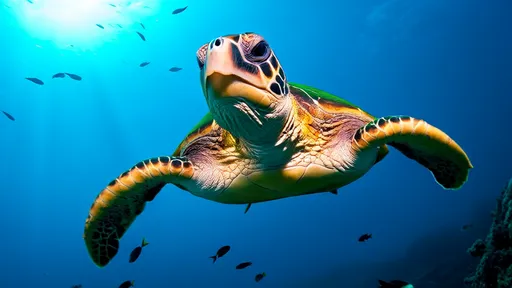
By /Jun 10, 2025
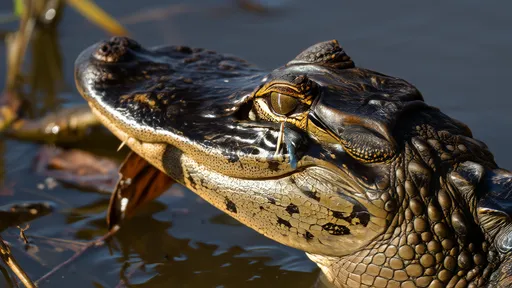
By /Jun 10, 2025
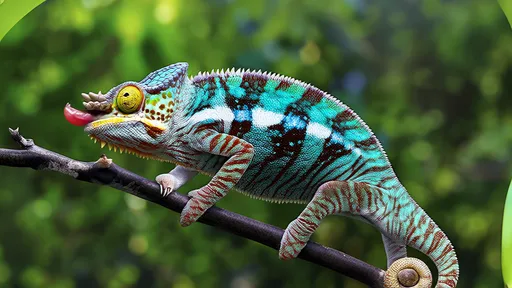
By /Jun 10, 2025
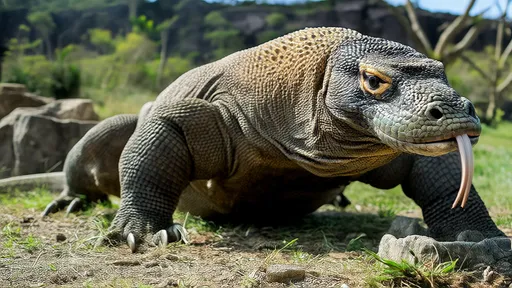
By /Jun 10, 2025
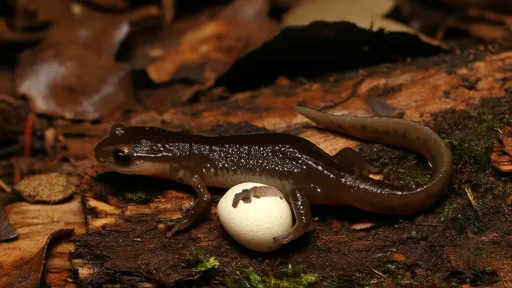
By /Jun 10, 2025
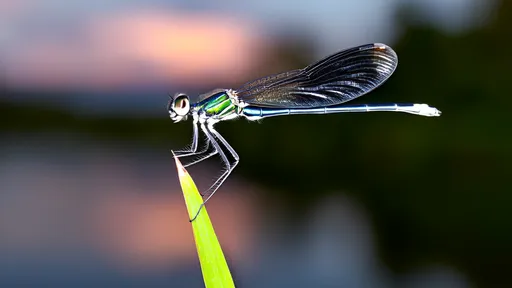
By /Jun 10, 2025
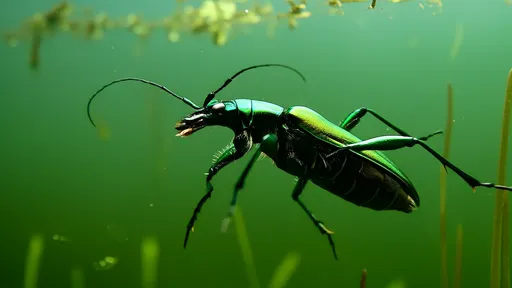
By /Jun 10, 2025
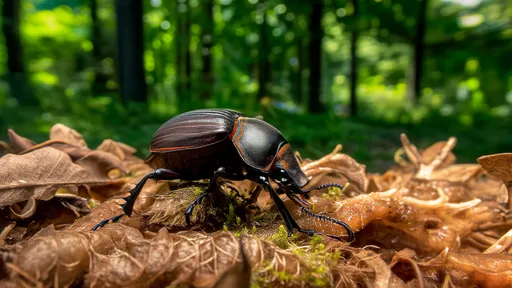
By /Jun 10, 2025
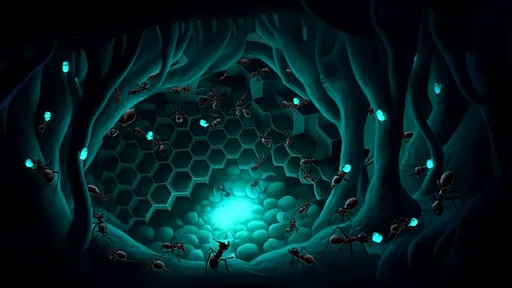
By /Jun 10, 2025
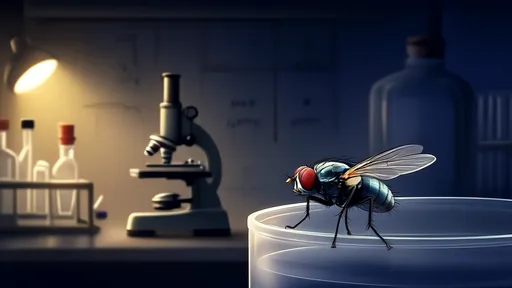
By /Jun 10, 2025
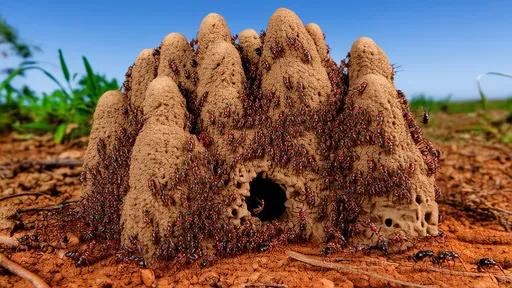
By /Jun 10, 2025
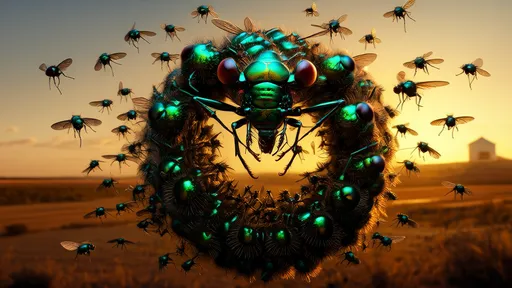
By /Jun 10, 2025
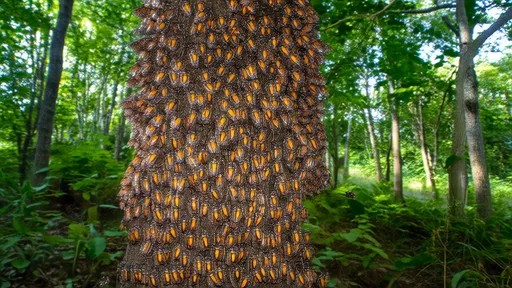
By /Jun 10, 2025
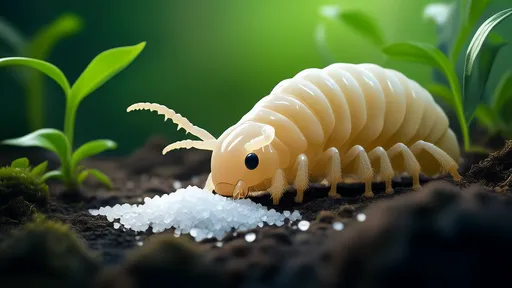
By /Jun 10, 2025
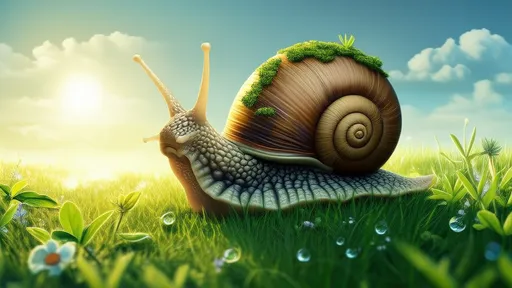
By /Jun 10, 2025
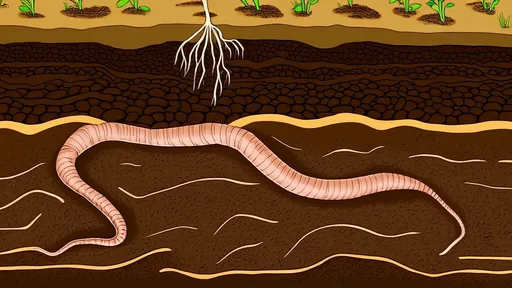
By /Jun 10, 2025
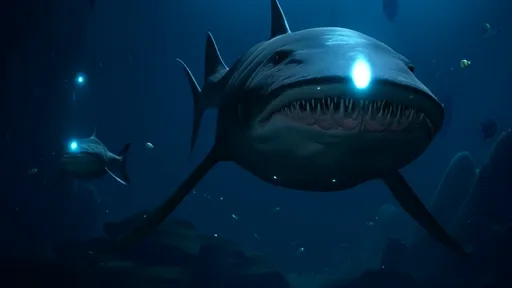
By /Jun 10, 2025